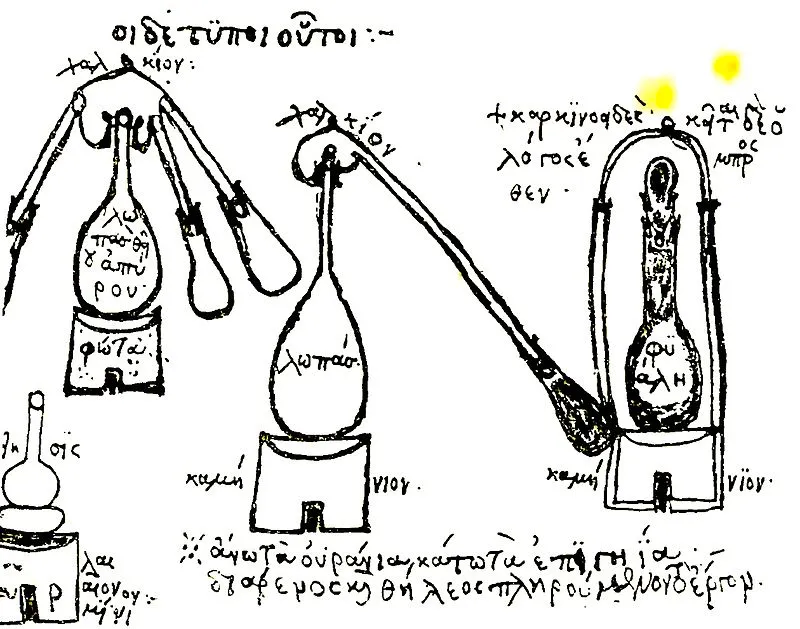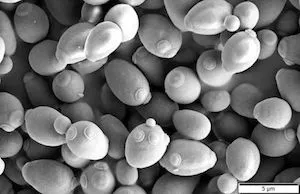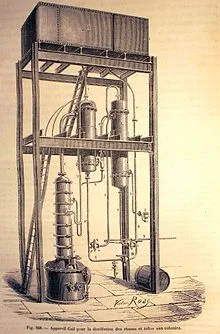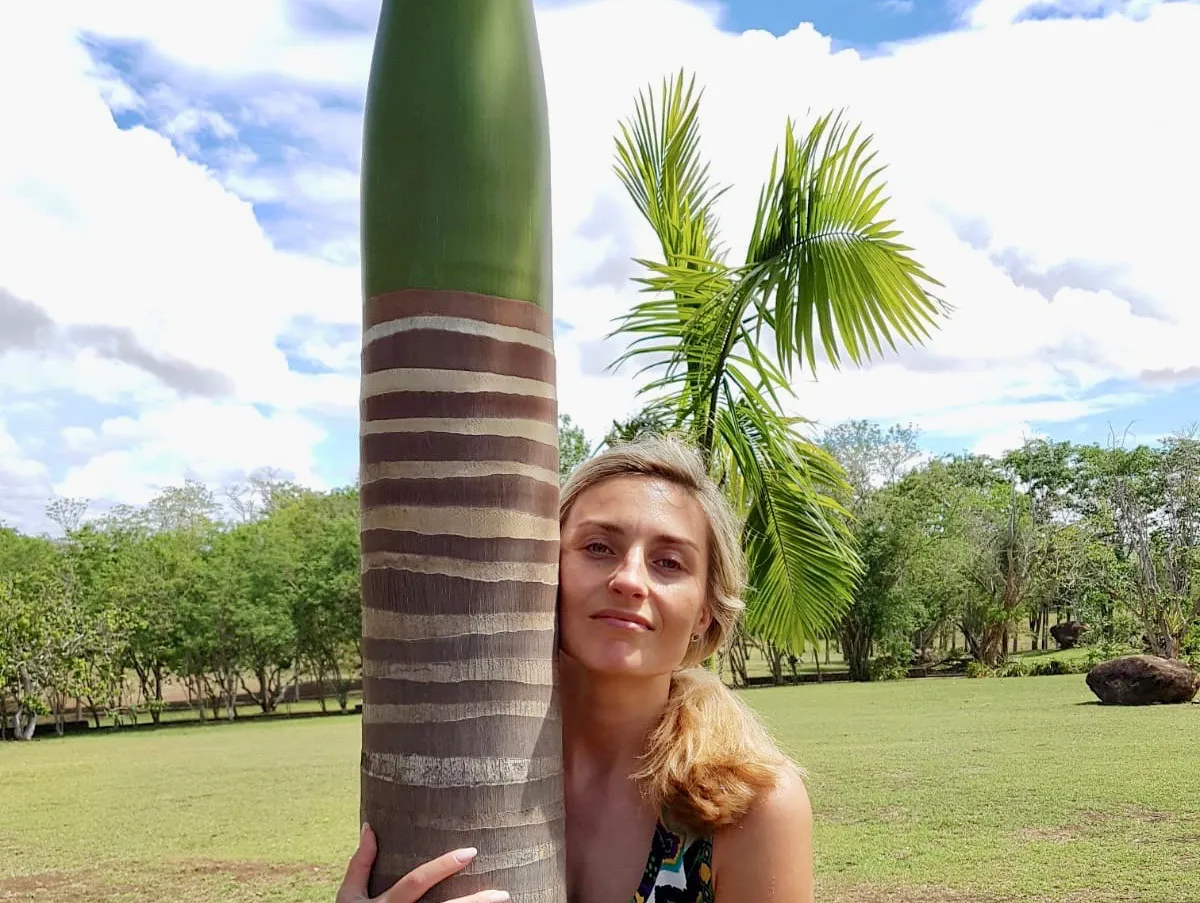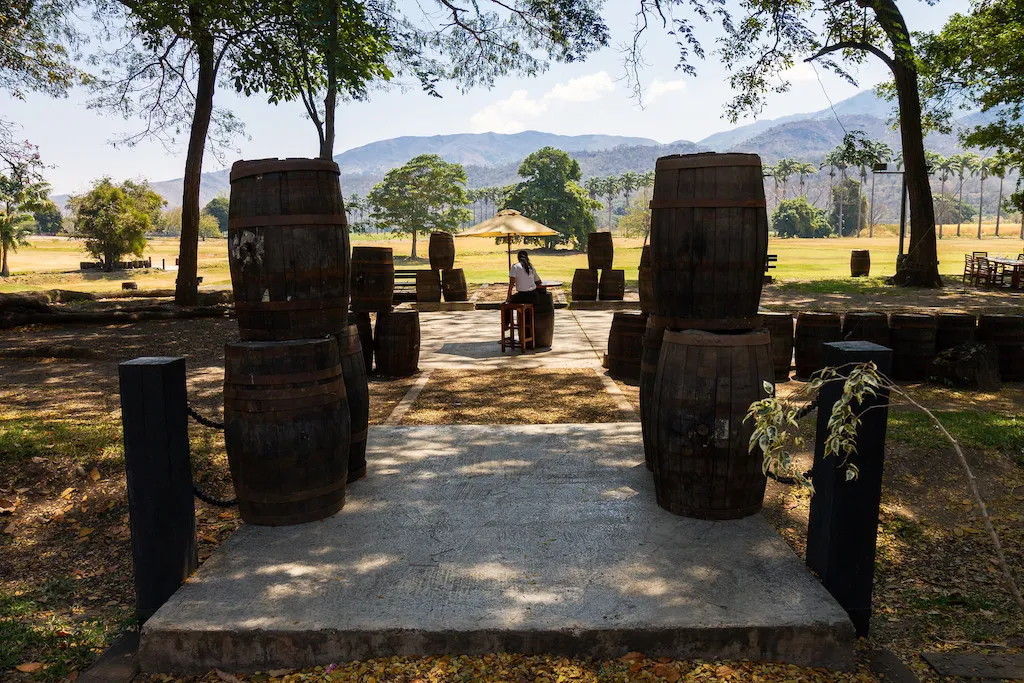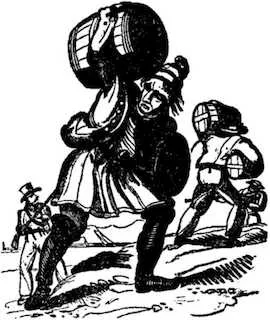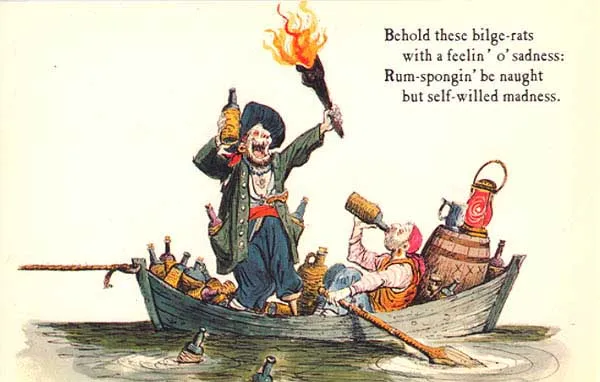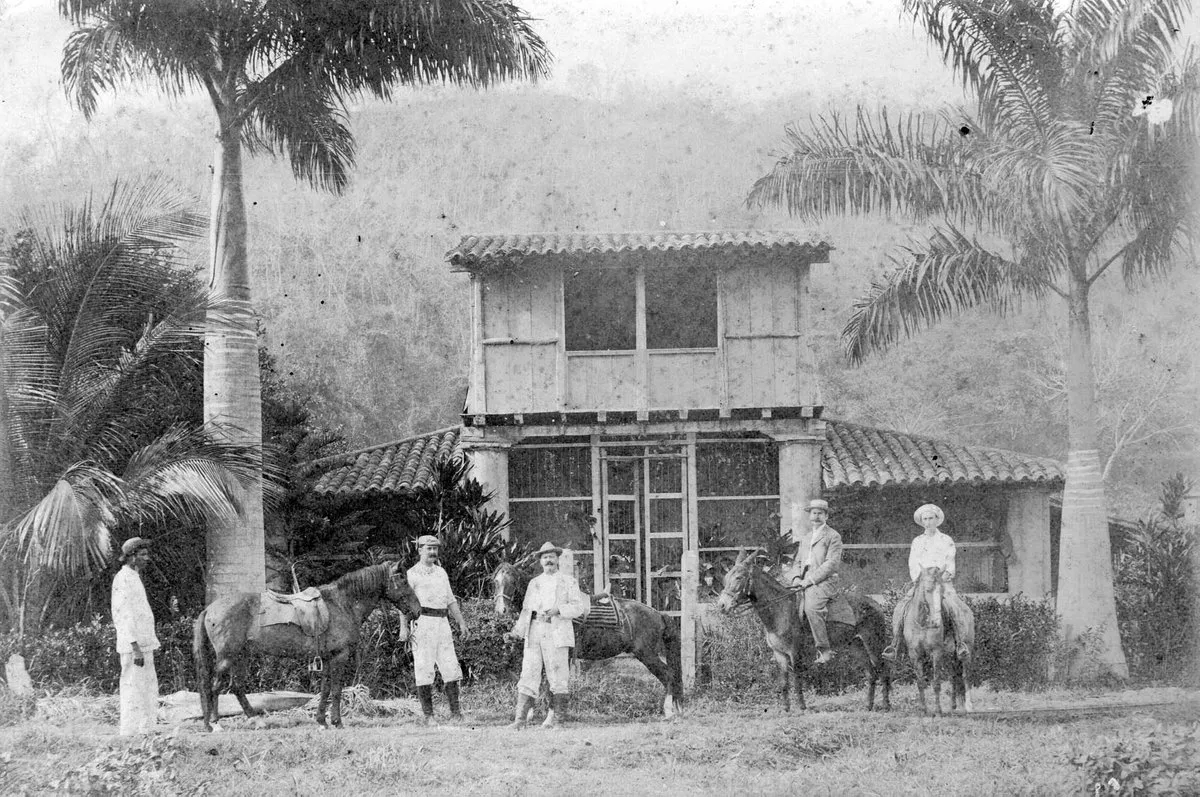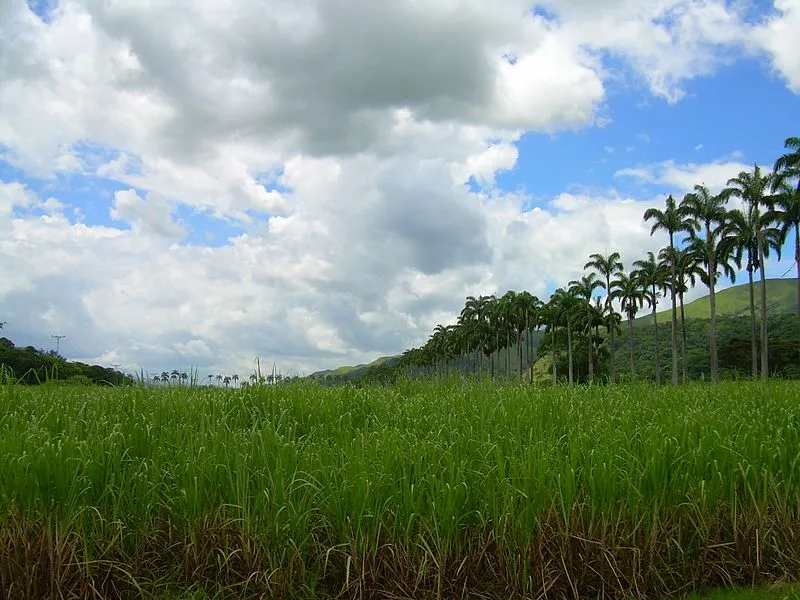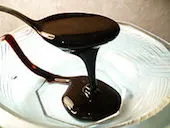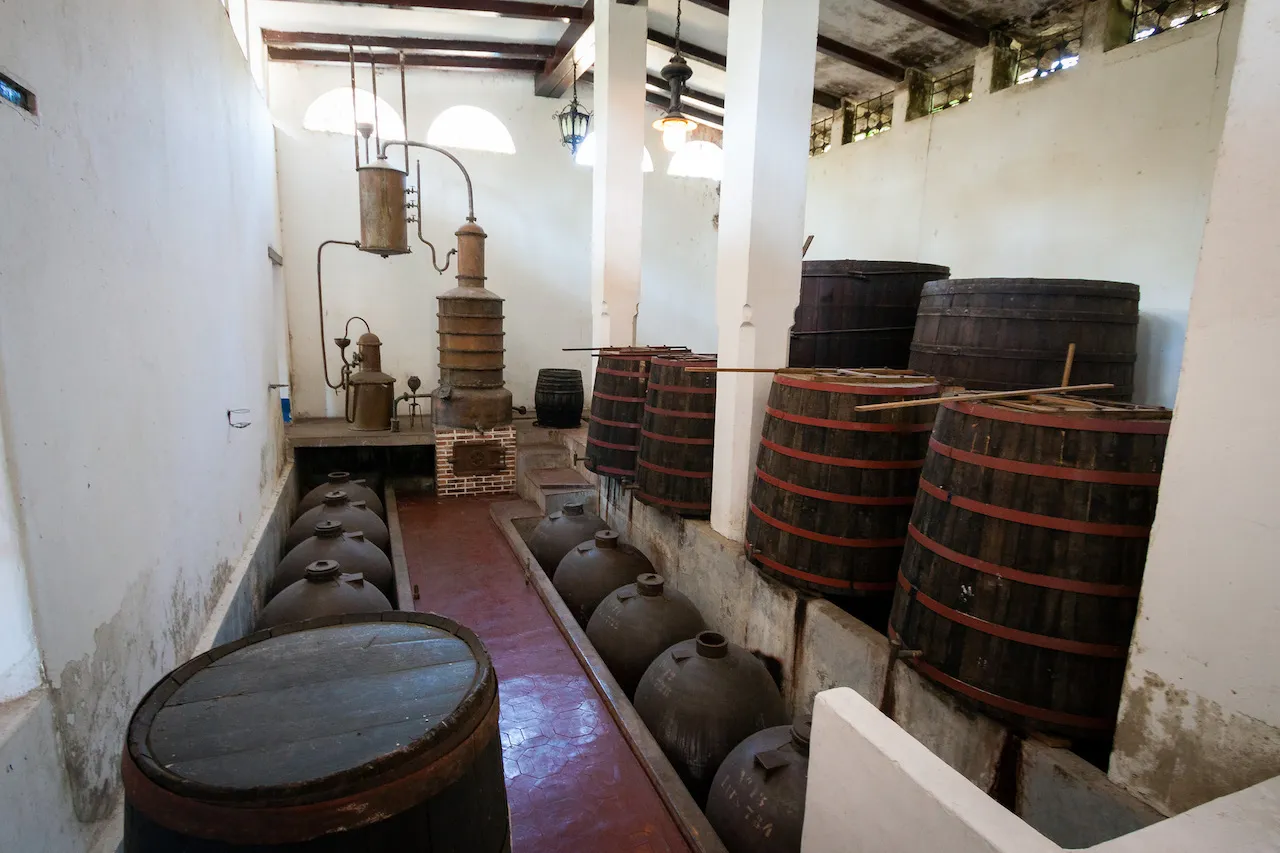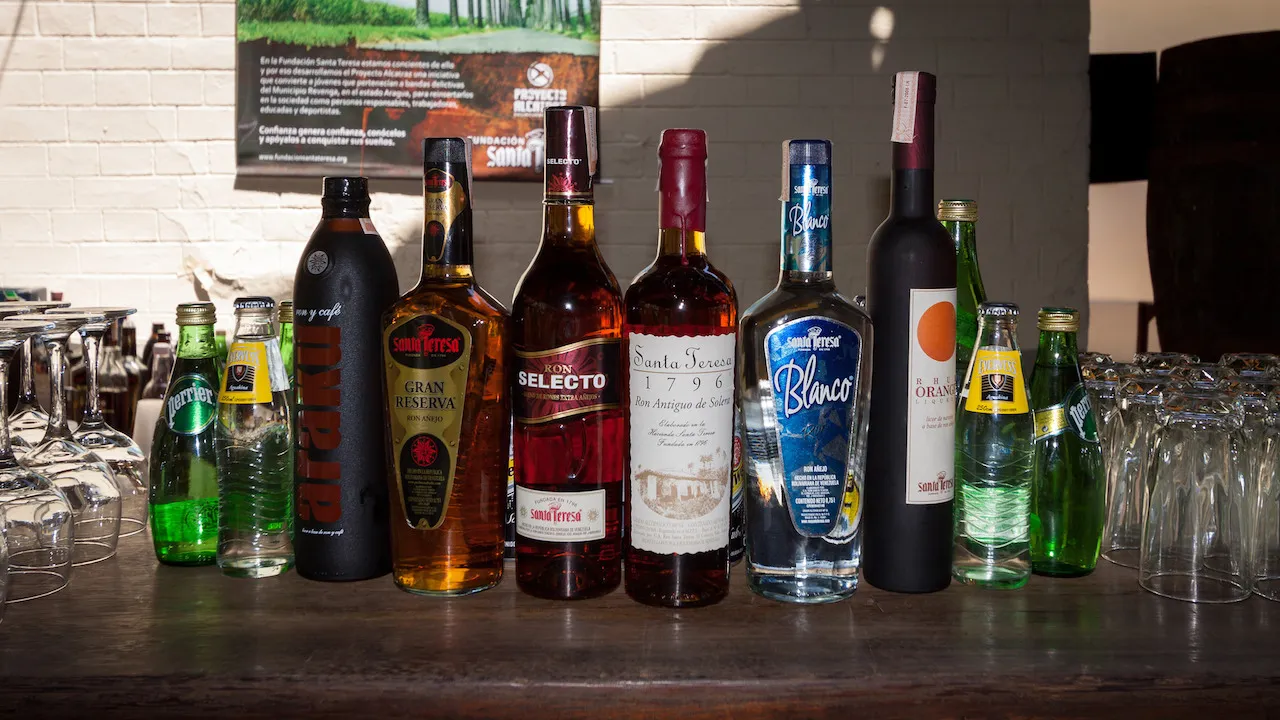Rum is one of the most consumed beverages in the world and its sweet taste stimulates the most demanding palates of international chefs and tasters from around the world. This drink has different types of flavours, methods of preparation, alcoholic grades and bottling. Santa Teresa Hacienda belongs to the one of the most recognized in the whole world. They can compile the taste of rum using a magic formula known only to the employees of this place. It's a great experience to taste one of the best rums in the world.
Talking about the origin of rum would be somewhat complicated because it is dated from several areas. It seems that thousands of years ago a similar drink was consumed all over the world and created by using different processes and methods.
What we can say with certainty is that one of its main origins dates back to the areas of India and China, where historians have registered data of an alcoholic beverage that was developed from sugar.
It is presumed the rum-making technology was brought to Spain from the regions of ancient Persia.
The well-known navigator Marco Polo in 14 century also mentions and describes a drink that may well be the specific origin of rum.
Years later when discovering America, the sugar cane was sowed in these lands and for the ease of cultivation it was, rum production started.
According to the etymology of the word, it is dated from the seventeenth century when the French navigators were responsible for transporting the sugar cane. The sailors soon discovered the alcohol that came from its distillation and gave it the name of Rumbustion or Rumbullion, which can be translated as a commotion, since the sailors made an uproar after drinking alcohol, it was then later shortened to Rum.
The history of the Santa Teresa farm dates back to the colonial years in the seventeenth century, back then in the state of Aragua near the valleys, sugar cane was already grown. In 1796 Count Martin Tovar Ponte decided to name the hacienda in honour of the patron saint Santa Thereza. In 1818 in this place, Simon Bolívar ratified the abolition of slavery.
In the year 1894 the cousin of General José Félix Ribas, having in his possession copper alembic perfect for such production, decided to buy the property to produce rum on a large scale.
In the year 1909 Ron Santa Teresa became the third most recognized brand of rums in Venezuela, modernizing with machinery and technology to improve production and going towards of what we know today as one of the best rum producers in the world.
Each hacienda and each company dedicated to making a good rum should have specific formulas for their production, however, speaking of the Santa Teresa farm, it provides a fairly free approach in terms of how each type of rum is elaborated.
The fermentation process is made with the sugar molasses, which is put together with the Saccharomyces cerevisiae yeast which is capable of converting sugar into alcohol.
Then the distillation process is responsible for eliminating water and flavours that do not correspond to what we will know later as the final product, these agents that produce these particular flavours are esters, congeners, among other impurities characteristic of alcohol.
Next, the product is placed in the barrels of American White oak and aged accordingly.
To mention the variability that exists between rums around the world, it is necessary to know what are the ageing processes of each country or region, in the particular case of Latin American countries they have the best processes, flavours and scents of the rums. Of course, the climate, the vegetation and the local techniques of fermentation and distillation help.
In Venezuela, Santa Teresa is one of the best haciendas considered for its quality in flavour and consumption. It uses American White Oak and French Limousine Oak providing all the quality of the flavours and ripening time necessary to convince any taster to try it again.
Other countries such as Colombia, Costa Rica and Cuba present a technique very similar to Venezuelan, so it is necessary to consolidate a competition among countries to taste rum qualities that will surely be a challenge for the judges of these events.
Speaking of the different variations and categorization of rums, the process has evolved considerably around the world, causing, an incredible range of beverages that are categorized according to their use and alcohol content, as well as their maturation years. The types of rums that exist today:
White Rum: its colour represents an absence of sufficient sugar or molasses to give the drink the characteristic colour, in addition, its distillation process is different, taking a suitable ripening time to obtain this transparent colour with a very low yellowish hue.
Golden Rum: Primarily the ripening of this rum must be executed in oak barrels or cherry barrels, with the time it will darken its shades and obtain a very particular oak flavour.
Rum Añejo: This type of rum, like gold one, is contained in oak or cherry barrels, only in this type the ripening time must be longer than one year, hence its darker colour in relation to the previous ones.
Rum Viejo: Very similar to the process of aged rum, but in this option, it must be aged more than 3 years.
Sweet Rum: One of the most consumed rums in the world, its sweet flavour is due to an approximate 100 g / l of sucrose which is, of course, responsible for its sugary flavour. This type is also coming from the brandy and from the rum distillation process.
Light Rum: This type of rum is distilled with continuous-time stills to reduce the alcohol content of the original liquor.
The alcoholic strength can vary a lot between the rums of the world since these can be used for meals, cocktails, or for tastings by expert palates. One finds an average between the of 37% - 80% alcohol by volume and it is exactly how much my Polish palette needs to appreciate the rums power.
References
Photos: @highonthehog
Images: sources linked below
Galloway, J. H., The Mediterranean Sugar Industry in Geographical Review Vol. 67, No. 2 p. 190, 1977
Roueché, B., Alcohol in Human Culture. in: Lucia, Salvatore P. (Ed.) Alcohol and Civilization New York: McGraw-Hill, p. 178, 1963
Bunch, B. H., Hellemans A, The History of Science and Technology. Houghton Mifflin Harcourt. p. 88., 2004
Pacult, F. P., Mapping Rum By Region, Wine Enthusiast Magazine, 2002
Smith, Frederick, Caribbean Rum: A Social and Economic History. University Press of Florida, 2005
https://ronsantateresa.com/us/#

